On this week’s episode, my guest is the amazing Maria Pleshkova. It’s difficult for me to write or talk about who she is, because I think my words fall short of the complexity and beauty of her mind. Of the literal hundreds of artists I have discovered and connected with over digital art spaces, she is one of a tiny handful of folks that I consider to be highly influential in my approach to my own art.
It feels like a privilege getting to hear about her formative years, how she traversed a path that took her from law school and photo-journalism, to who she is today as an artist. I am continually humbled by the brilliant minds I interview for this podcast, and she is no exception. If anything, I find that insights from thoughtful creators like herself are the kind that leave life-long impressions on folks that are able to tune in.
Stating she has no formal art training, Maria proves my weekly point that academic background is often unnecessary for artists to create meaningful, and impactful art. Since she started taking selfies at a young age, I guess we can say that her “training” for what she does with her work started a long time ago.
As we approach the topic of themes and intentions with her work, we stumble on ony of my favorite topics; the loss of magic (or innocence to some). Who do we become as we grow older? What part of us do we lose along the way, and what parts do we develop? According to Maria, a part of the identity we all share as artists, may just be that we are all misfits. Maybe misfits are just adults who never lost their magic.
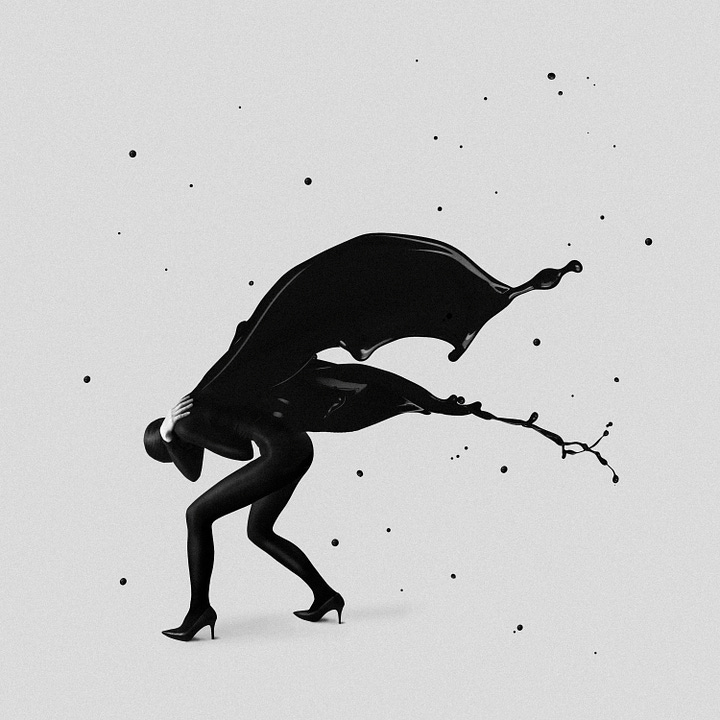
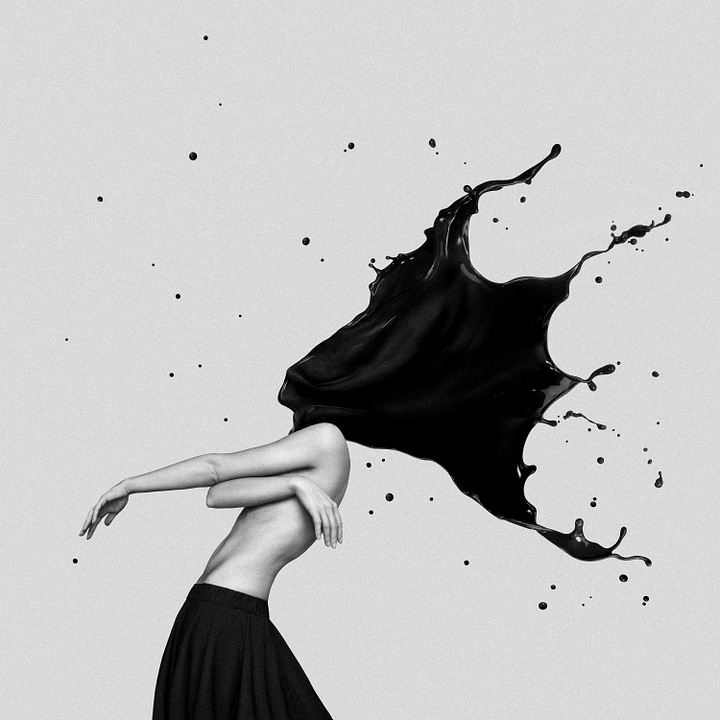
As she lists some of the influences in her work as being fear, death, insanity, discomfort, pain, and even being a misfit, it becomes clear that she is unafraid to explore these challenging topics. Her cognizance of how these are difficult topics really resonates; she explains how the world is a “tsunami of information,” and how it prevents us from going deeper internally because we’re so overwhelmed with the excess of information.
So in many ways, her art is about making people stop and think about who they are. Discomfort is a tool for her, in a way very different from mine, and yet so relatable. It’s interesting to me, because I have always found that as artists exploring difficult subject matter, we tend to find ourselves trying to explain what we do with our art to others in depth. I’ve talked about this with Maria so many times in the past, but hearing the balance she has struck between describing her work (the “guilty pleasure of over-explaining”), and realizing it’s unnecessary, is greatly satisfying.
I guess we all find ways to let our art live their own lives on their own terms out in the world. At least I hope we all do. Maybe this is part of the evolution of an artist, that seeks to explore new mediums. In the case of digital artists, I welcome them to reverse the course, and explore physical installations, and maybe even performance, if their personalities allow it.
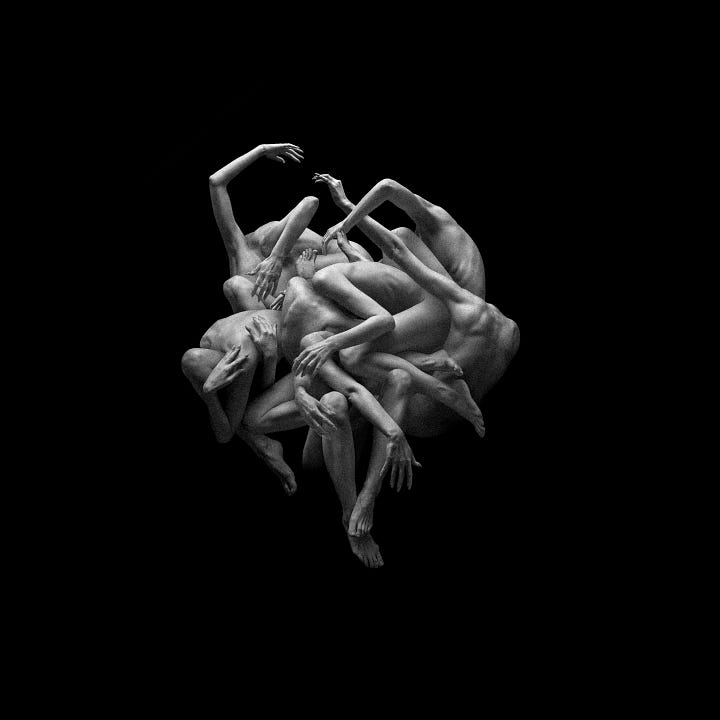
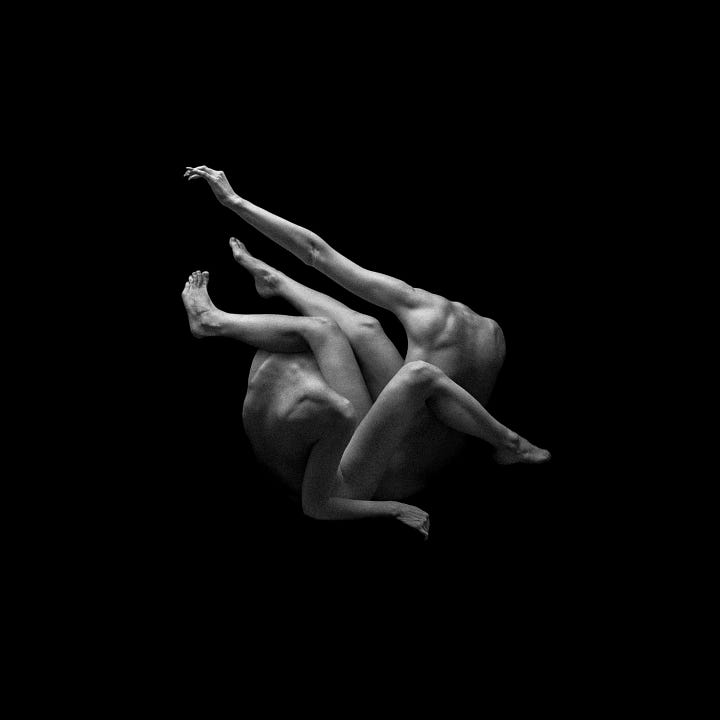
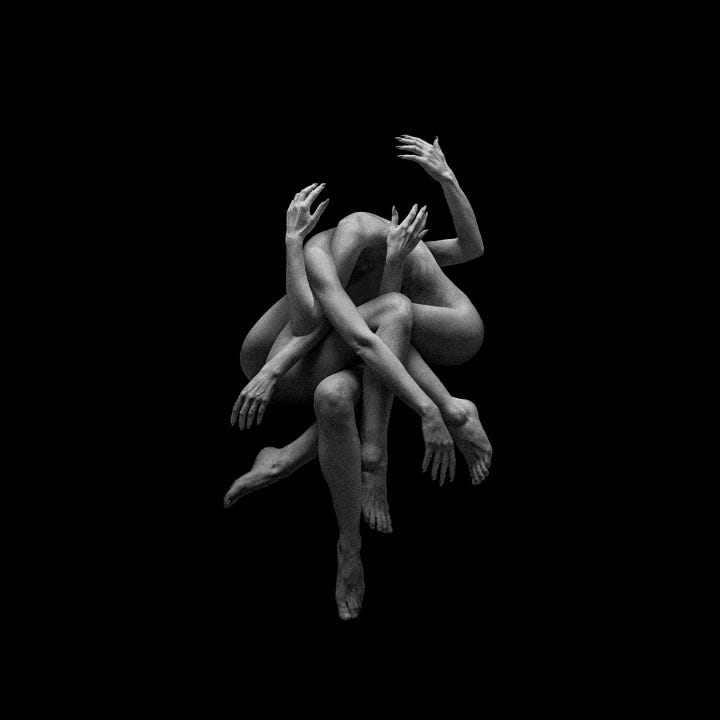
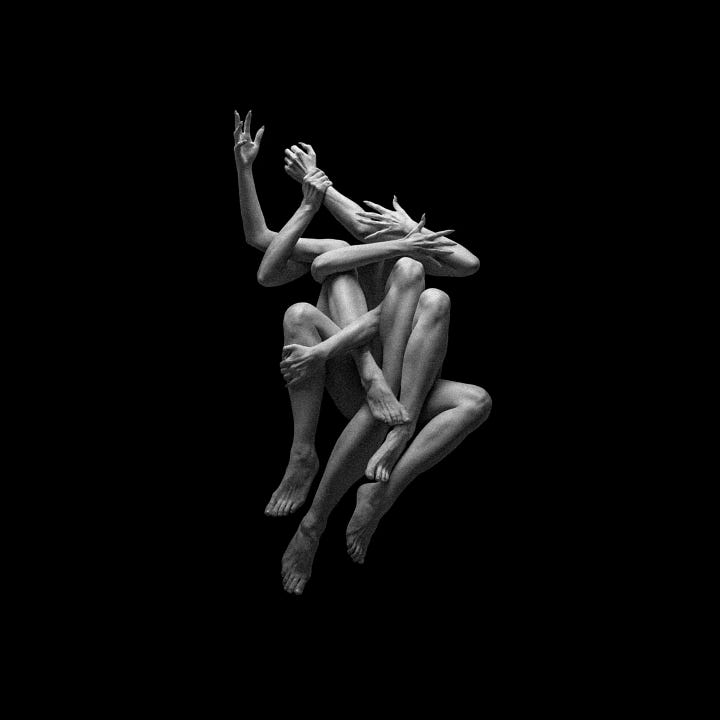
On the topic of whether there is a brand to her work, or if it is just natural/organic, Maria says her work is a result of who she is. And I absolutely adore hearing this, because it supports my theory that all art is a reflection of the artist that makes it, at least to some degree.
So is Maria a dark artist? Well, according to her, no. According to a bunch of us who associate our work with “dark” art, yes, she is. But really, it just doesn’t matter; her art is a product of who she is. Identity is such a loaded topic, and I love connecting with folks who already have developed the vernacular for this. She makes the really pertinent point that she picks the medium that fits her needs. Prioritizing the concept is so important, and I think is difficult to do without establishing who one is, or is becoming as a person.
I think one of the most powerful aspects of her approach, is that she is not afraid to explore what other artists do, so she can evolve her own body of work. And on top of that, she acknowledges the trappings of being influenced by the same mediums all the time. It’s a big point for me personally, because interdisciplinary spaces are where I believe the most impactful work occurs for artists. Growth is fed not by one source, but by a multitude of independent inputs.
Her fluid approach to her creative process is beautiful to me. That her “art is something alive,” like creatures with their own personalities, is wildly relevant to any artist exploring conceptual realms. That her work advises her to do something sounds like a very healthy inner dialogue she is having, by communing with creations that came from her personal experience as a human. I repeatedly find that art taking on a new life of its own is something that so many artists are missing as a facet of their processes. Just let the flow and the art speak back to you. Again, Maria is unafraid, this time to see where her art is taking her.
Over processing something is a big challenge. She mentions intuition so many times, and then stops to reflect on its importance for her, and I think it’s important for anybody who is listening to their inner selves. Being overly logical about everything is a trap, and learning to develop methods to enhance our intuition is a path to creative freedom. Yoga, journaling, writing are just some examples of what Maria practices to do this.
I was pleased to find that we both love burning stuff. Catharsis is at the core of all of my work, so I enjoy her respect for its importance greatly. She mentions that making art is like therapy, and I’m a big fan of hearing this from artists. Perceiving her projects as chapters in her life is also powerful, and her approach to everything as an ongoing story is, I think, relatable to anybody who has experienced different creative phases in their lives.
As it turns out Maria is currently reading about genius vs. insanity (clinical), and we talk about sanity a bit. My big takeaway from this topic is the the recurring explanation of how Maria’s process works; she finds topics she is interested in, and the art follows from there; concept first, art & design next. Incidentally, this reminds me of the thought process of a lot of performance artists.
Finally, on the topic of digital vs. physical art, Maria makes a really important point: while her work is born in the physical, it takes shape in the digital, and displaying them as NFTs just makes sense for this kind of work. Furthermore, she is excited to move into more physical realms. I love this because I think the blockchain is not an end-all space for all art, nor should it be. It’s simply another landscape to display artworks in.
I would love to see Maria’s work in a physical gallery, and the thought of sharing a creative physical installation space with her is a massive serotonin boost. Please be sure to connect with her on Twitter and Instagram, as I don’t think we will want to miss what’s next on her journey as an artist.
You can check out all of her work on Foundation here, and on objkt.com here.
The next episode will be with Gael Corboz, a French artist I also met through the world of crypto art. Check him out on Twitter:





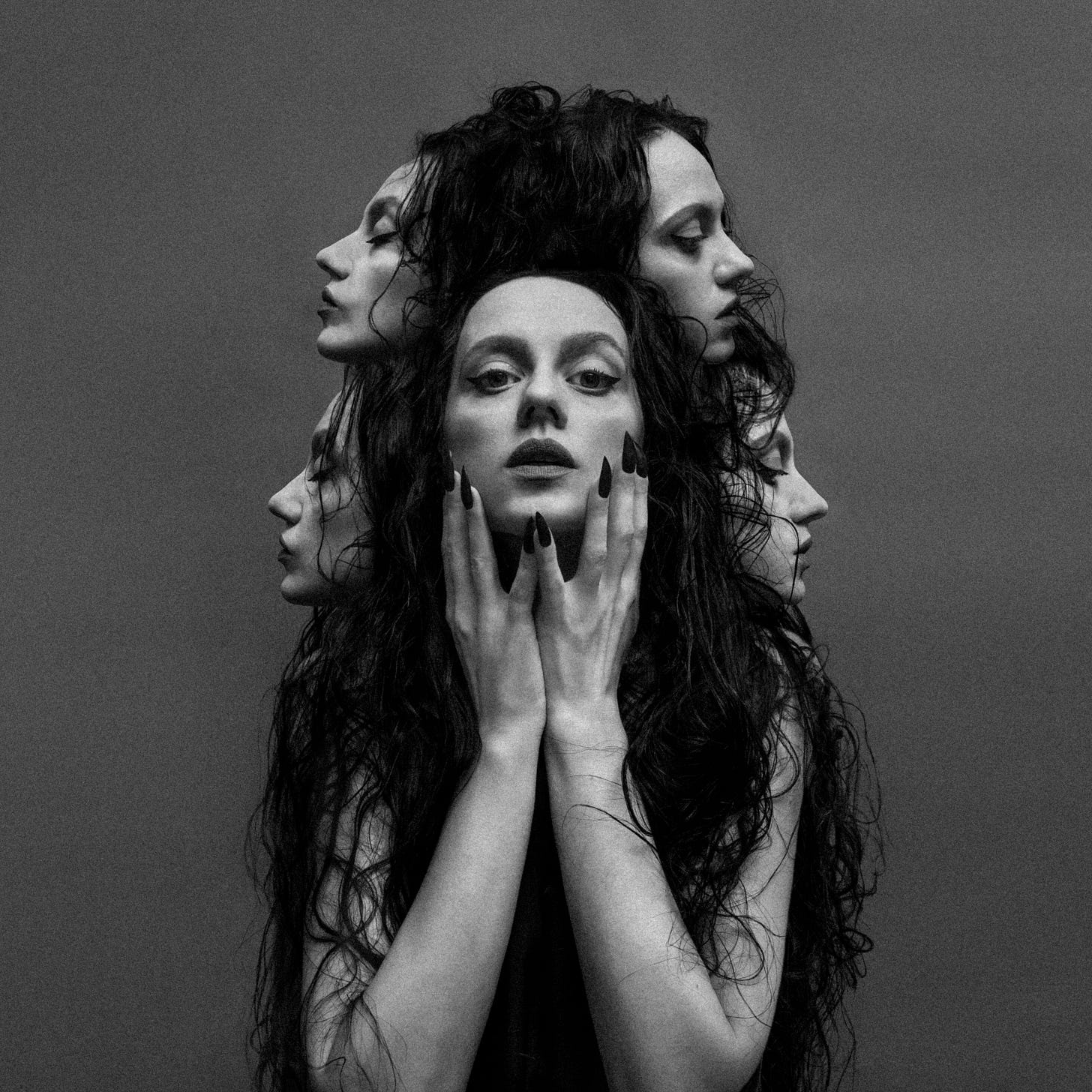
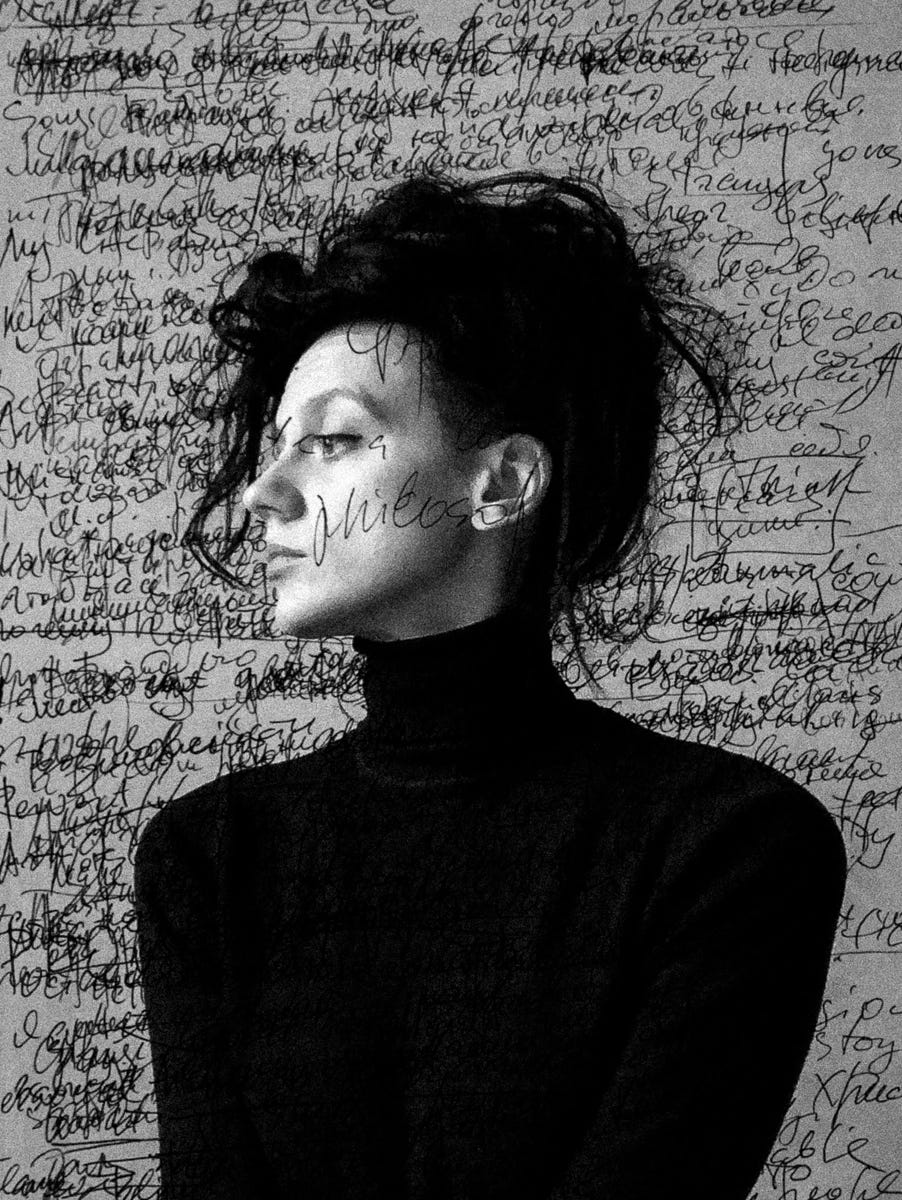












Share this post